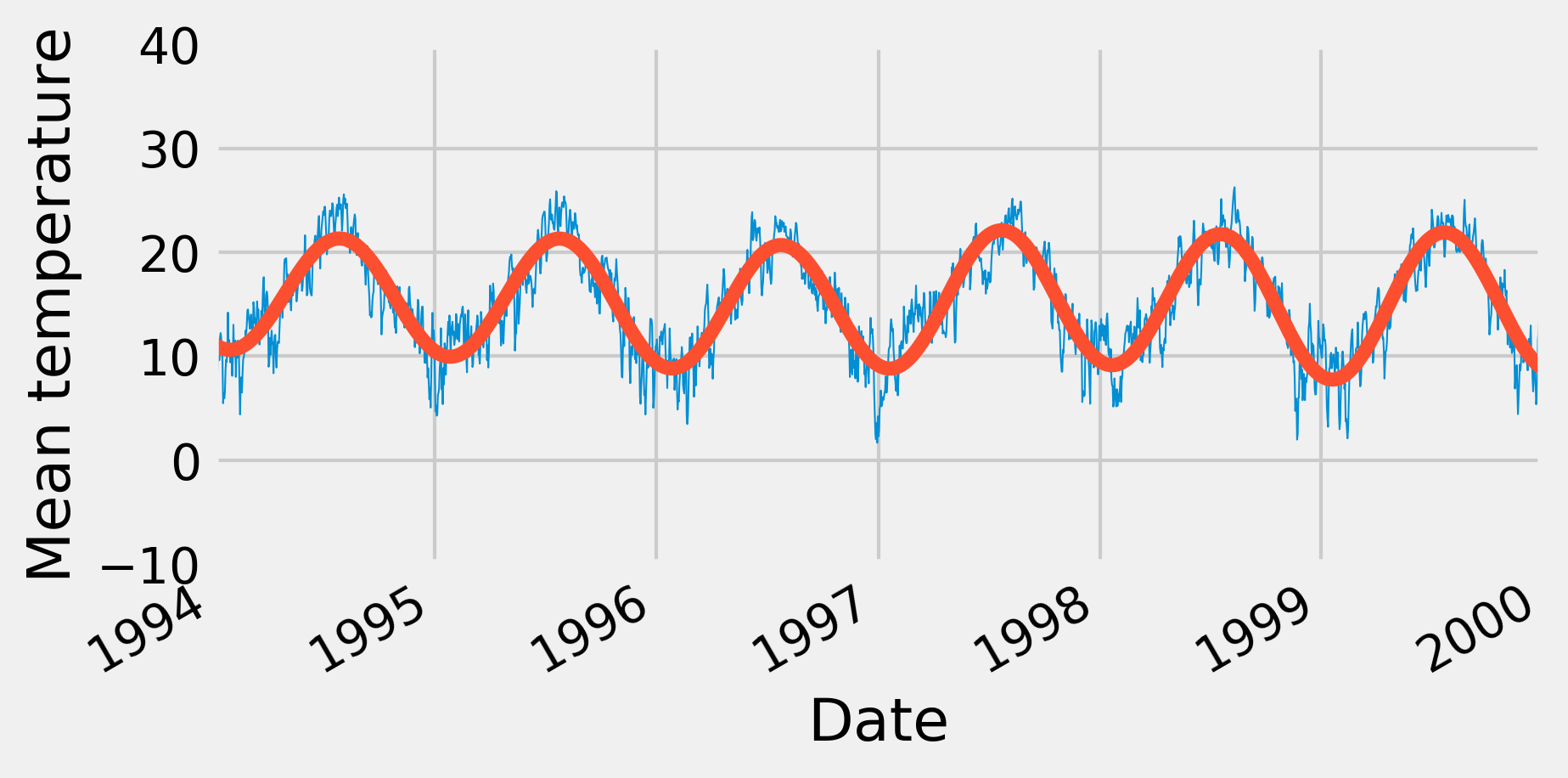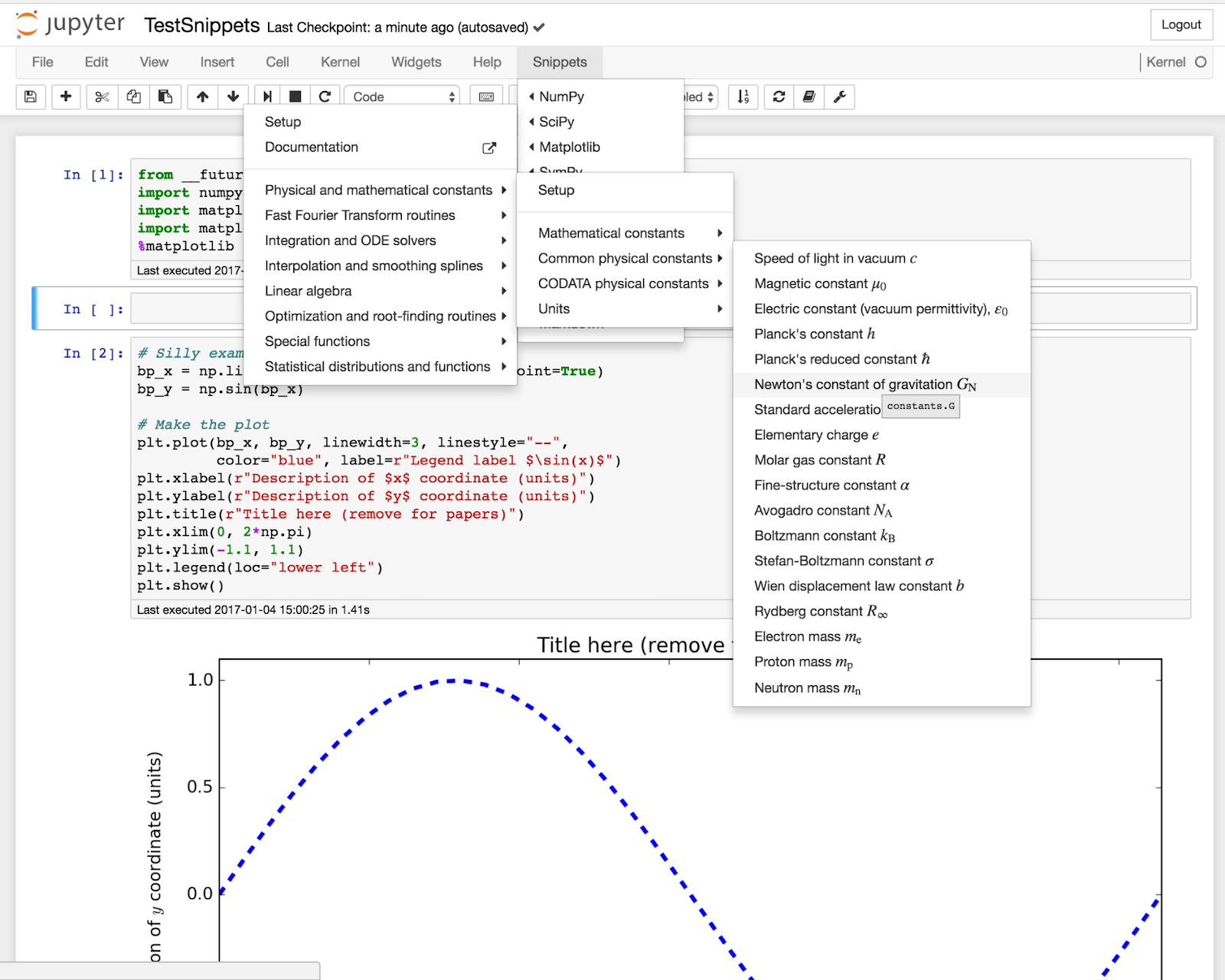

- #Python jupyter notebook fourier transform install#
- #Python jupyter notebook fourier transform upgrade#
- #Python jupyter notebook fourier transform full#
- #Python jupyter notebook fourier transform code#
- #Python jupyter notebook fourier transform series#
Now, if we want to access the series from the Olympics data, then you need to pass the column name as an index and see the output. You will see the first 30 rows and the last 30 rows as a result.Ī series is a one-dimensional array of index data.
#Python jupyter notebook fourier transform code#
Type the following code inside the notebook cell and hit the ctrl + enter. The next step is to access the DataFrame from that data. Access the DataFrames in Jupyter Notebook If you are getting the same data then perfect, you are in the right direction, and you have successfully imported the data. OlympicsData = pd.read_csv('data.csv', skiprows=4) Here, we have written the three lines of code, and we get the data. The skiprows parameter indicated the Line numbers to skip (0-indexed) or some lines to skip (int) at the start of the file. Okay, import that file and skip the first four rows of that file by doing the following code.

Make sure that both are in the same directory. Now, open that link and save that file to data.csv inside the same project folder where the jupyter file is there. It’s a data of Summer Olympic medallists 1896 to 2008. Okay, let’s download the DataSet for our example. If you are new to Python Pandas library, then check out my this article. Now, after we have successfully installed the Jupyter Notebook, we will import the pandas library to work with the datasets. Data Analysis With Pandas and Jupyter Notebook
#Python jupyter notebook fourier transform install#
Then you’ll see the application opening in a web browser on the following address: So, we have seen both ways to install Jupyter Notebook. Run the following command to open up the application. Now that you know what you will be working with and you have installed it, it’s time to get started for real! Once you have pip installed on your machine, you can just run the following command. Type the following commands concerning your operating system.
#Python jupyter notebook fourier transform upgrade#
Now, upgrade your pip version, if you have an old one. If you have installed Python, you will typically already have it. If you don’t want to install Anaconda, then make sure that you have the latest version of pip. Running Jupyter Notebook The Pythonic Way: Pip Also, don’t forget to insert explanatory text or titles and subtitles to clarify your code That what makes the notebook a real notebook in the end. This is the beauty of the Jupyter Notebook.Īfter, you can add, remove or edit the cells according to your requirements.

The output is instantly shown in the next line. Now click the Run button in the toolbar above or press Ctrl + Enter. Let’s test it out with a classic hello world example. The first cell in the new notebook is always the code cell.

Creating Your First Notebookįirst, you need to select a project folder. Let’s launch it, and your terminal will be opened, and it will start a jupyter notebook on browser whose local URL is: Congratulations!! You have installed it successfully. Here, you can see the second option is a jupyter notebook, which we need to launch to work with Python. The installation process is straightforward, and after you install the Anaconda, you will see the screen like below.
#Python jupyter notebook fourier transform full#
Some of the biggest Python libraries included in Anaconda are NumPy, Pandas, and Matplotlib, though the full 1000+ list is exhaustive.Īnaconda lets us hit the ground running in your own fully stocked data science workshop without the hassle of managing the many installations or worrying about OS-specific dependencies.


 0 kommentar(er)
0 kommentar(er)
